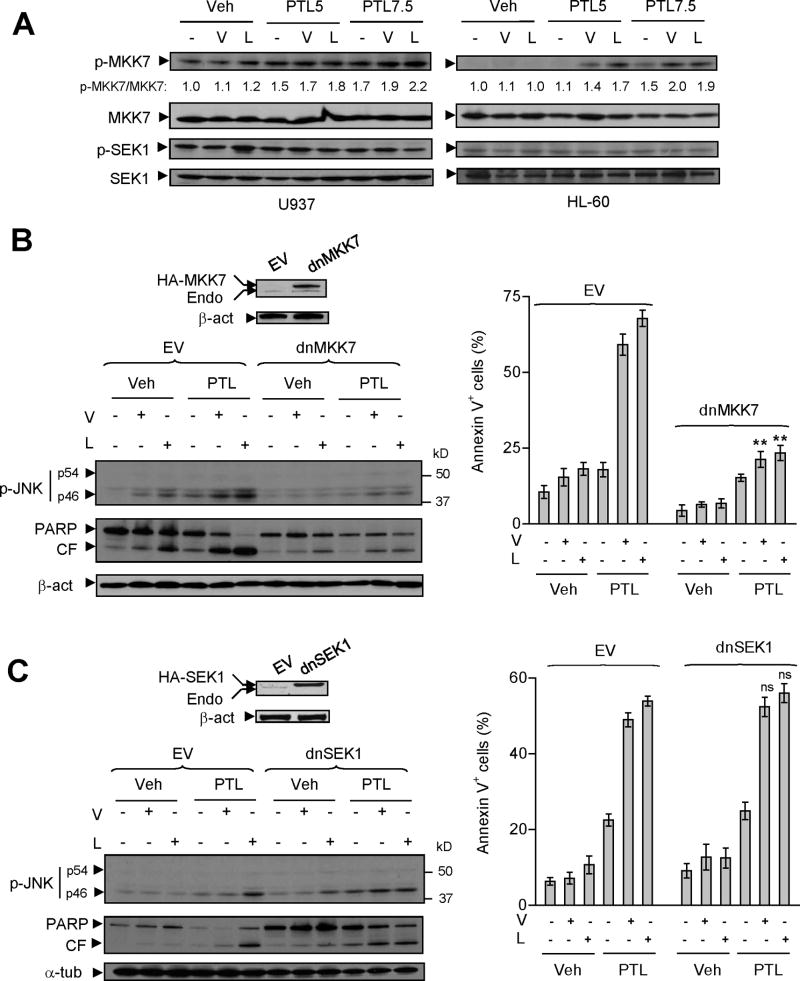Figure 6. Dominant-negative MKK7 rather than SEK1 diminishes PTL/HDACI-mediated JNK activation and lethality in human leukaemia cells.
(A) U937 and HL-60 were treated (24 h) as described in Fig 1A, after which Western blot analysis was performed to monitor expression of total and phosphorylated/activated MKK7 (Ser271/Thr275) and SEK1 (Ser257/Thr261). The density of blots for both total and phosphorylated MKK7 was quantified by determining integrated density and values reflect the ratio (phospho-MKK7 versus total MKK7) of changes between untreated and drug-treated cells respectively. (B–C) U937 cells were stably transfected with either dominant-negative MKK7 (dnMKK7) or SEK1 (dnSEK1), as well as their empty-vectors (EV), and Western blot analysis performed to demonstrate ectopic expression of HA- tagged dnMKK7 or dnSEK1 respectively. Cells were then treated (24 h) with vorinostat (1.5 μM) or LBH589 (20 nM) in the presence or absence of PTL (7.5 μM), after which JNK phosphorylation and PARP degradation were monitored by Western blot analysis. CF indicates cleavage fragments. Alternatively, flow cytometry was performed to monitor annexin V+ apoptotic cells (** P < 0.01 and ns = no significant difference, compared with same treatment in EV cells).

